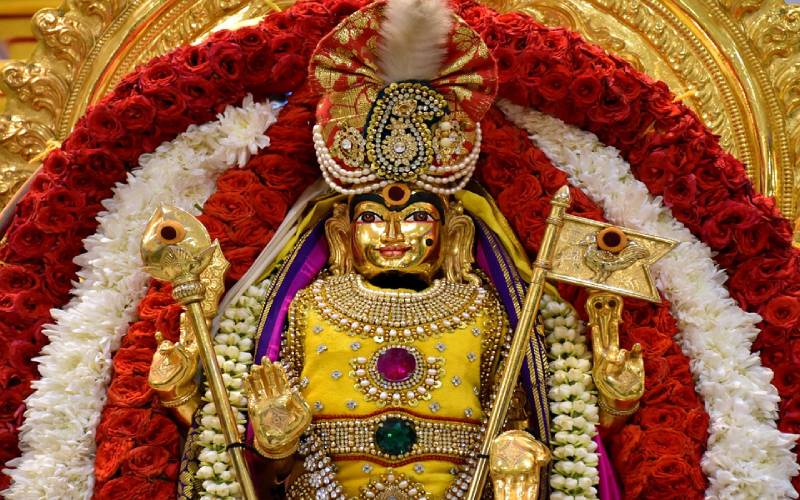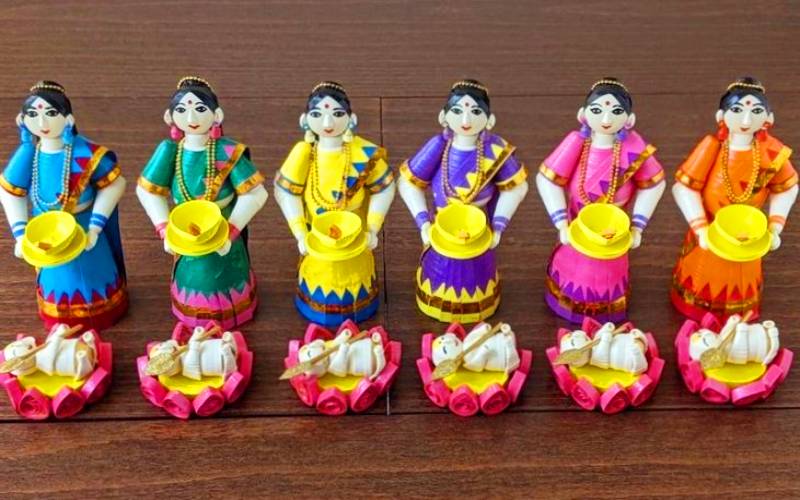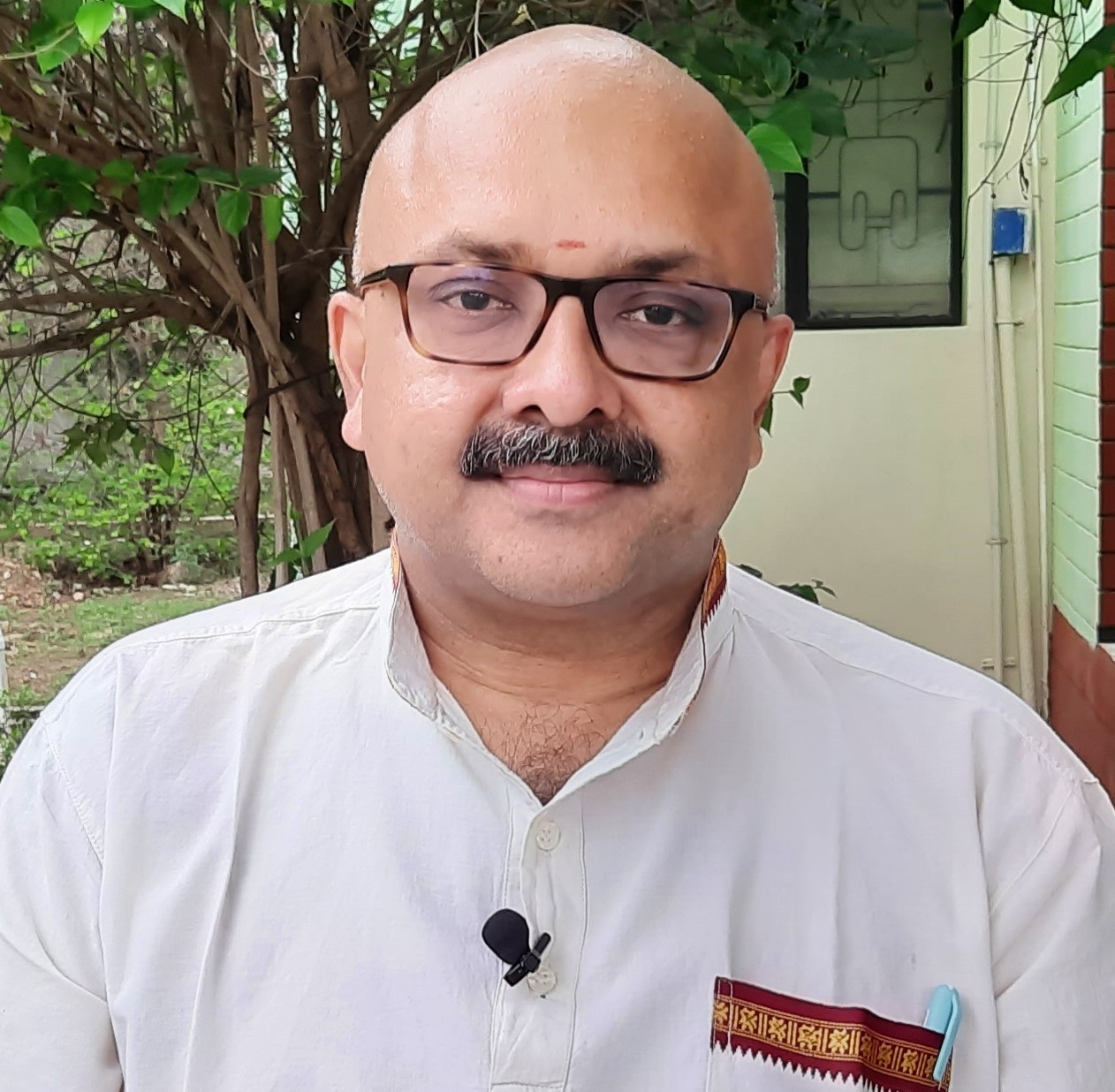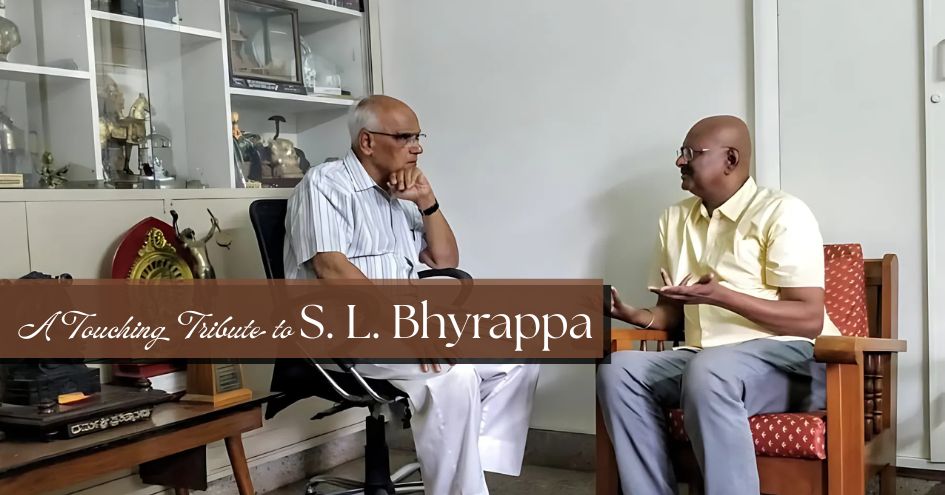
Significance of the Day and Related Story
The star cluster Krithika is also known as Karthika. This star known as Kirithigai in Tamil, corresponds to the open star cluster called Pleiades in the western astronomy. This cluster makes up the constellation Taurus which is otherwise known as Rishabam in India. In Hindu astrology, the name literally translates to ‘the cutters.’ It is also the name of its goddess, who is the daughter of Daksha and Panchajani, and thus a half-sister to Khyati.
The asuras led by Surapadman and Tarakasura had tormented the three worlds for too long. It was a time when Lord Shiva was into deep meditation. The absence of his consort Sati had turned him into an ascetic. Indra and the devas were keen to see Shiva become a householder once again. After all Surapadman and Tarakasura could only be destroyed by the energy of Shiva.
Parvati, the daughter of Mena and Himavan, was keen to marry Shiva. However, the lord was meditating all the time. Yogeshwar Shiva, who was also known as Ashutosh (One who is gratified easily and fulfils one’s wishes instantly), did not pay attention to Parvati. It was therefore decided to send Kama, the Lord of Love, into the environs that was hosting the great lord. Kama and Rati were known for blessing people with good matrimony. Prospective brides and grooms continue to offer their prayers to the fantabulously sculpted icons of Rati and Manmata at the Thadikombu Sowndararaja Perumal Kovil near Dindigul in order to get a right partner for life.
Lord Kama proceeded towards the hermitage of Yogeshwar Shiva in his chariot. This God of desire and love is represented as a young handsome man who wields a bow made of sugarcane. His arrows are decorated with flowers such as white lotus, ashoka, mango, jasmine, blue lotus, choota, navamallika, and neelothphala. Lord Kamadeva’s companions are the cuckoo, parrot, humming bees etc. Thus, Vasanta or the Vasanta Ritu (Spring season) too becomes his companion.
Kamadeva’s consort Rati is the very essence of desire and she carries a discus and a lotus. Her arms are compared to the lotus stalk. Lord Kamadeva's chariot was drawn by a parrot and he started unleashing his floral arrows at Lord Shiva when the steadfast Parvati was serving Him. While one arrow created a floral garden, another created the fragrances required for one to fall in love. Each of these arrows did their work and this made the lord open His eyes and take a look at the beautiful Parvati.
The lord got irritated and his anger reduced Ratikanta (Lover of Rati) to ashes. Rati could not control her grief. Eventually, she was blessed with a special vision to see her husband all by herself and none else could see him. Therefore he was known as Attanu (One without body). The episode connected with the marriage of Shiva and Parvati is the nucleus of Kalidasa’s classical Sanskrit poem, ‘Kumaarasambhavam.’
Lord Shiva finally married Parvati and both of them began to lead a life in Mount Kailash. The devas reminded Lord Shiva of the worldly situation due to the atrocities of Surapadman and Tarakasura. Lord Pasupathi and Parvati looked at each other. Thereafter, the energy of Shiva emerged from Him and it was handed over to Lord Agni. The energy and the heat was too much for Agni and therefore he rushed to River Ganga and left it on six lotus flowers. And lo! Six kids were born.

The fine-looking Karthigai penngal found these babies while they came to the waterbody. There were immediately drawn towards the kids and they began to fondle them. The Six Krithika-s are Shiva, Sambhuti, Priti, Sannati, Anasuya, and Kshama. Parvati arrived on the scene and the six kids merged into one. The baby had six heads and twelve arms. Devi Parvati found it difficult to play with the child and therefore he became a normal baby.
The child was named as Karthikeya and this was done with the aim of honouring the six krithika-s. Since, he was born amongst the reeds, Karthikeya was also known as Saravanabhava. The six-faced one was known as Shanmukha. Since he was found on the Ganges, the lord was also known as Gaangeya. In Tamil, Karthikeya is fondly known as Muruga.
The lord grew up and extinguished the demons Surapadman and Tarakasura at Thiruchendur. He used the Vel (Spear) given to him by his mother Sakthi or Parvati. Therefore, He is known Sakthikumar or Sakthivel. The ‘Skanda Purana’ is connected to the story of Lord Karthikeya and it is an important referral text. There are several references to Skanda throughout Asia. Even, the Greeks and Scythians were aware of Him.
Now, we must be aware that while Lord Subramania was born in the Vishaka Constellation, celebrating his upbringing by the six karthika women is more important. Therefore, the Karthika vratam becomes auspicious. Devotees of Lord Subramania wake up early in morning on every Karthigai day. Since there are twenty-seven stars, it becomes possible to celebrate Karthika or Kirithigai twelve times a year.
Observing a fast on this day is said to confer noble kids. Therefore, women in South India follow this vratam. The Karthikai vratam started off at a time when Sage Narada was advised to observe it. He was thereafter blessed with superior intelligence and spiritual powers. The procedure involves fasting all day long, staying calm, offering songs and prayers to Lord Subramania and involving in charity. Devotees offer an abhishekam to the lord either at home or in the temple on the day of Kirithigai.
Special pooja-s are offered in the temples of Lord Muruga and the ones participating in it will be conferred with prosperity and superior intelligence. Some of the imminent benefits of the vrat include, clarity of thought, happiness in family life, progeny, prosperity, overcoming the obstacles in life and many more. People seeking the blessings of Subramania understand that they should be eternally devoted to Him. Therefore, they observe a fast and offer their prayers to Lord Muruga on Karthika/Kirithigai.
Back-home my great grandfather, Vysya Bhushanam P. A. Raju Chettiar, used to observe the Kirithigai day by undertaking a vow of silence (Mounavratam). He would pray to Lord Muruga throughout the day and reach Pazhani in order to offer his prayers. My father K. Govindarajulu used to accompany him during his latter years. Great grandfather would watch the abhishekam and pray to Lord Muruga known as Dhandayudhapaani in Pazhani and then breaks his fast in the temple town. He would carry back home the prasadam consisting of the holy vibhuti and give it to all his kinsfolk. His friends at The Verandah Club would be offered the prasadam of Lord Muruga on the following day. The members of the club would eagerly wait to receive the Kirithigai prasadam from my great grandfather P. A. Raju Chettiar.
There are several stories connected with the Kirithigai Vratam and this is just a beginning.

Mr. Rajesh Govindarajulu is one of the founding members of the Verandah Club Pvt. Ltd. He is a leading columnist, historian, jeweler, entrepreneur, and a heritage enthusiast who is earnestly working to revive the past in the light of the present. Experiential learning about the history of Coimbatore is his main course of interest and he is also a panel member of many colleges in the city.
NEXT ARTICLE

Subramania Bharati, often referred to as Mahakavi Bharati (Great Poet Bharati), was a revolutionary poet, journalist, and social reformer whose words...

Some writers tell stories, and then there are those rare souls who hold up a mirror to our civilisation, our history, and our innermost selves. Sri Sa...